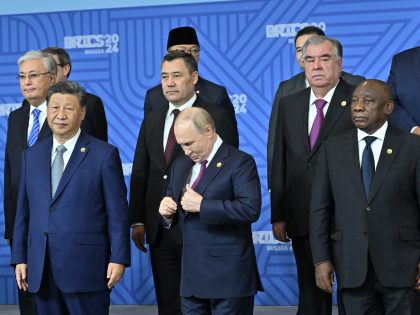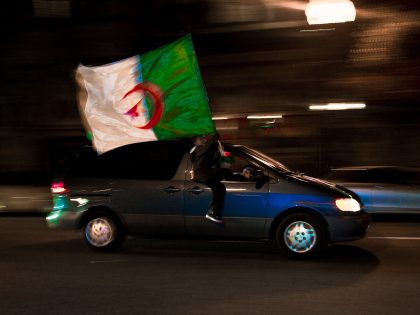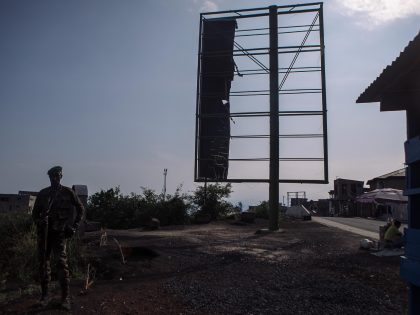People's Culture
[vodpod id=Video.3322857&w=450&h=370&fv=]
Priceless footage of 1980s Community Arts Project in Durban, which, according to one of the founders, artist Bruno Brincat, was “… an idealistic arts project that was ahead of its time and got nixed by the apartheid authorities.”
“… During the making of this video the CAW was in its fourth year and beginning to take shape. Apart from hosting a variety of functions, it offered 20 classes and had 400 members. It had initiated classes to train teachers with a view of setting up satellite township projects. The video was made to help raise funds (primarily from America). Ironically, when the Durban City Council saw the video they withdrew the building and the project collapsed. We had already relocated three times in as many years and were unable to find another suitable location. The video was made with the assistance of the University of Natal and in particular Costa Criticos.”
[Thanks to Bruno Brincat; h/t Duke Bantu X ]



















